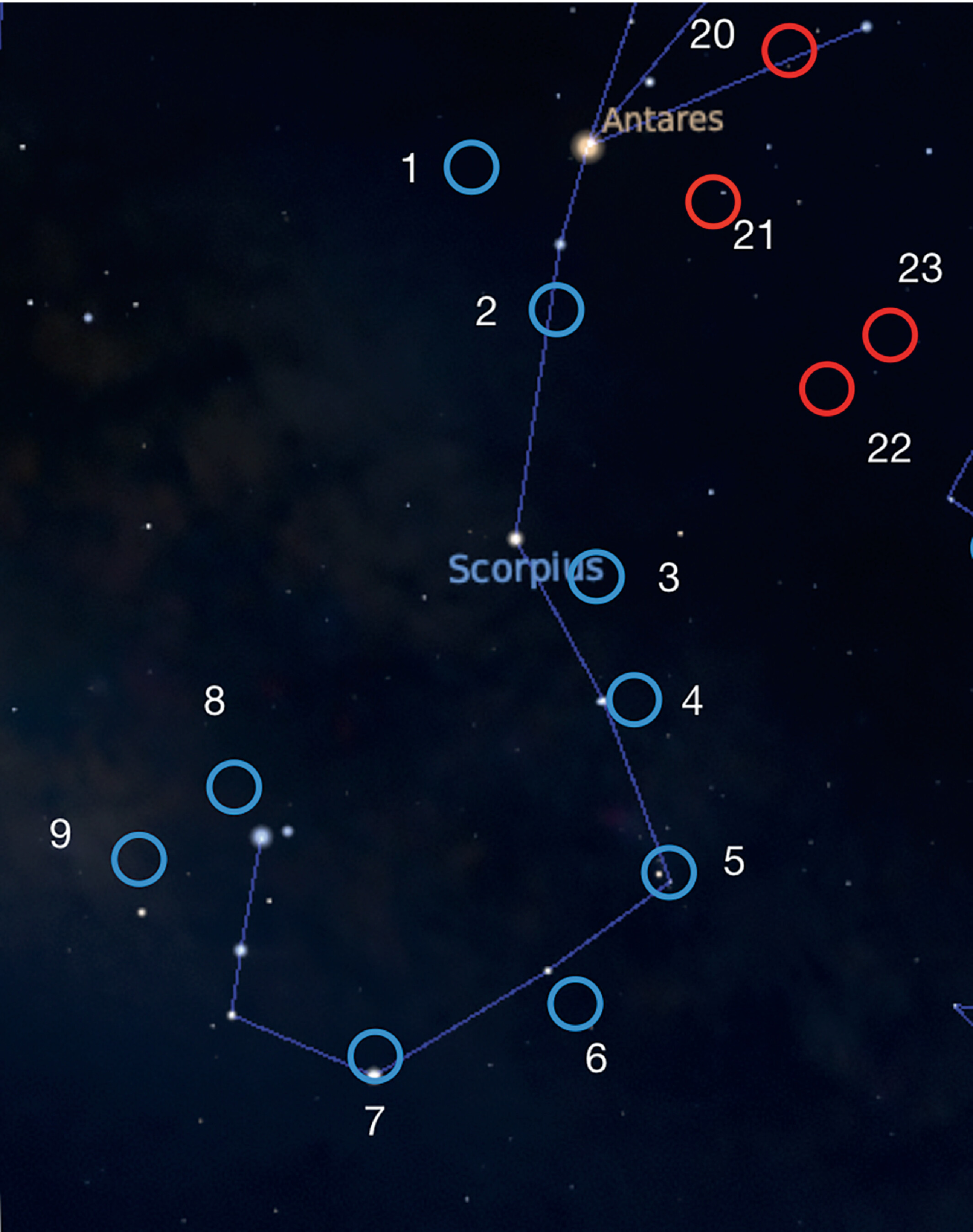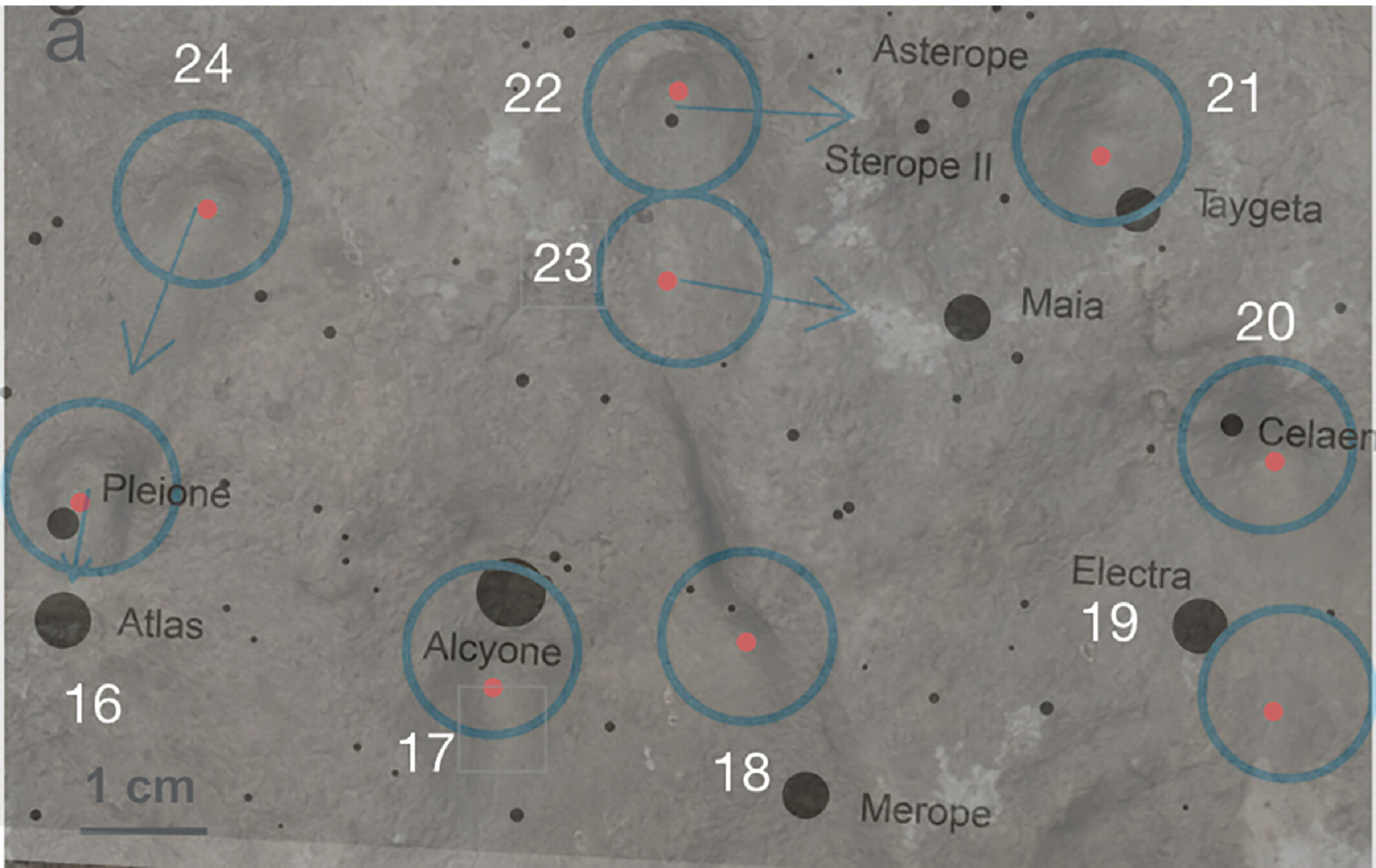At first glance, this stone recovered from the site of an ancient hillfort in northern Italy appears to be just a simple disk. But, on closer inspection, its surface is peppered with chisel marks that an archaeologist and an astronomer now believe could be the oldest celestial map ever found.
“About two years ago I was contacted by Federico Bernardini, whom I didn’t know, telling me that he needed an astronomer,” said Paolo Molaro, an astronomer with the Italian National Institute for Astrophysics (INAF) based in Trieste, speaking to Media INAF. “[H]e seemed to have identified the constellation of Scorpio in a stone from the Karst.”
At first, Molaro wasn’t convinced, thinking that the constellation would not be visible enough at those latitudes for someone to have carved it. However, further research led to a fresh look at the find.
The Earth doesn’t just turn around its axis – it also wobbles. It’s not really something you’d notice in everyday life, since one full wobble takes nearly 26,000 years to complete, but it does have a minute effect on the positions of the stars we can observe in the sky.
For example, the Sun at the vernal equinox (the first day of spring in the Northern Hemisphere) appears to us as if it is slowly shifting westwards over time. This gradual change is referred to as the precession of the equinoxes. It means that as the 26,000-year cycle progresses, the position of the Sun at the vernal equinox will gradually move through all of the 12 constellations of the zodiac.
Understanding this is vital to understanding what ancient skywatchers may have been able to observe from their vantage point atop the Karst plateau of Trieste.
“Discovering that the precession of the equinoxes raised [Scorpio] by about 10-12 degrees and the impressive coincidence with the constellation, I began to delve deeper into the question… So I identified Orion, the Pleiades and, in the back, Cassiopeia,” said Molaro. “All points present except one.”
The more Bernardini, an archaeologist, and Molaro looked at it, the clearer it became that the markings on the stone were unlikely to have occurred by accident. This is also backed-up by statistical analysis of the 29 marks that were identified, as the two detail in a recent paper: 24 on the front of the stone and five on the back.
Nine of the marks match the tail of the constellation Scorpio; five can be superimposed onto Orion’s belt, Rigel and Betelgeuse; five more may represent Cassiopeia; and nine appear to approximately match the Pleiades. Only one of the marks was unidentifiable, which the authors suggest could have been made to represent a transient celestial phenomenon, like a supernova.

The light blue circles represent chisel marks from the stone that map onto stars in the constellation Scorpio; the red marks could not be matched with a nearby star.
Given that all of these constellations would have had to have been visible from this location when the engravings were made, Molaro calculated that the stone must date back at least 2,400 years.
The stone was found with another very similar to it, around 50 centimeters (20 inches) in diameter and 30 centimeters (12 inches) thick. The second stone is uncarved, and the researchers speculate that it could be a representation of the Sun.

The chisel marks on this section of the stone appear to match up pretty well with stars of the Pleiades.
There’s no doubt that there are still many questions remaining about the finds, and little is known about the ancient inhabitants of the Castelliere di Rupinpiccolo where they were discovered. Could the chisel-marked stone really be the oldest star map ever found?
The current oldest known map is thought to be a palimpsest attributed to Greek astronomer Hipparchus, whose famed Star Catalog has been sought by historians for centuries. A more rudimentary representation, the Nebra sky disk, dates back even further.
If the dating of the Trieste disk is verified, then it could indeed predate the work of Hipparchus, thus making it the oldest known true celestial “map” and demonstrating, as the authors put it, “evidence of unexpected astronomical curiosity in protohistoric Europe.”
We will just have to wait and see if that comes to pass.
The study is published in the journal Astronomische Nachrichten.
Source Link: Could This Ancient Carved Disk Be The Oldest Ever Map Of The Stars?